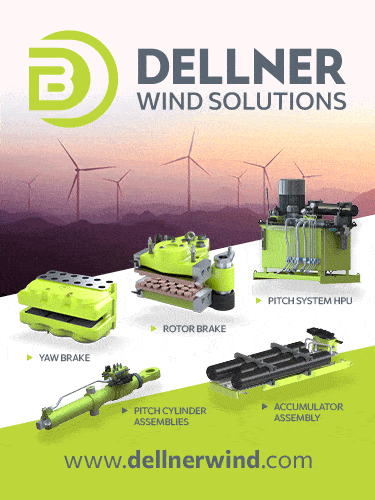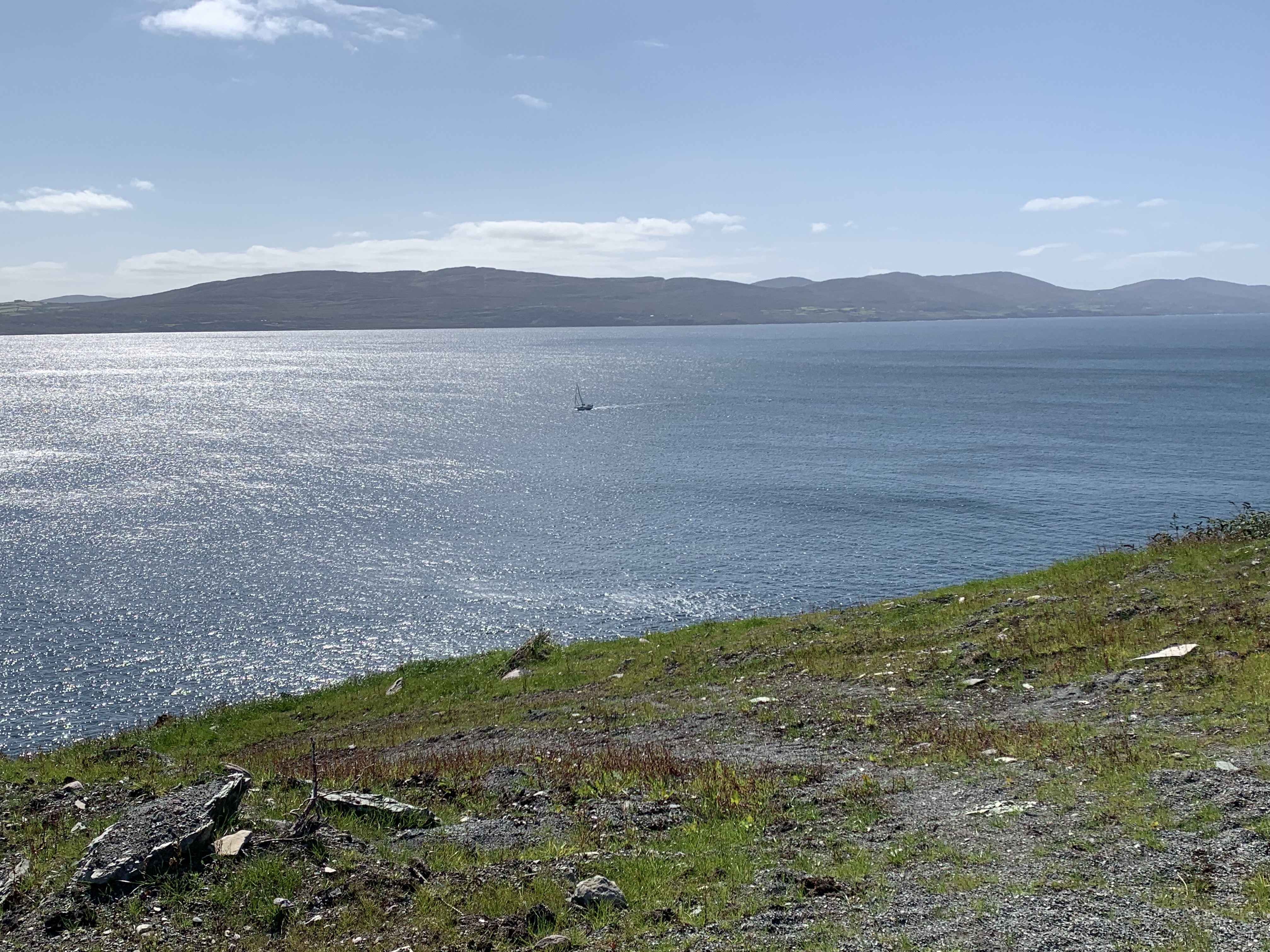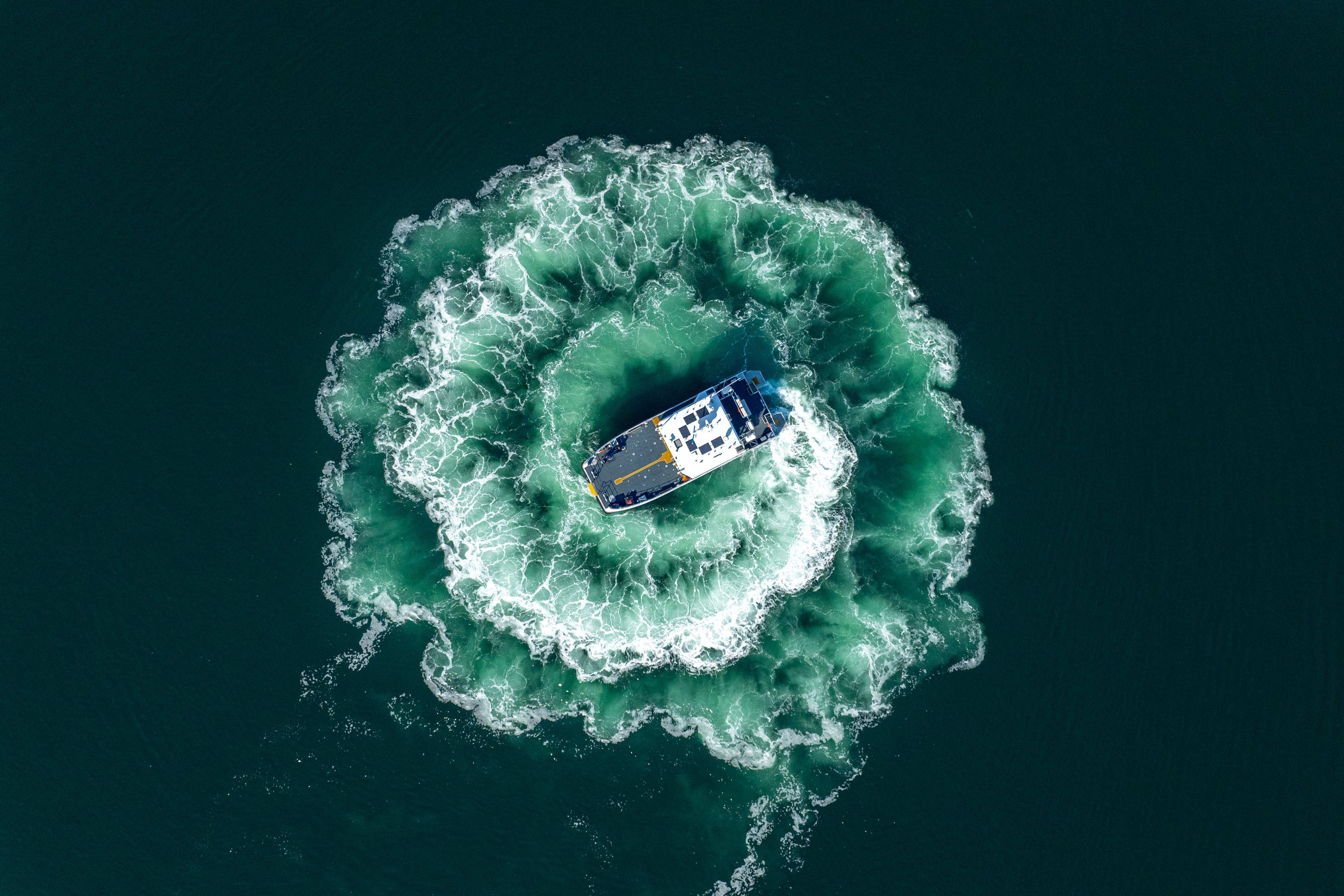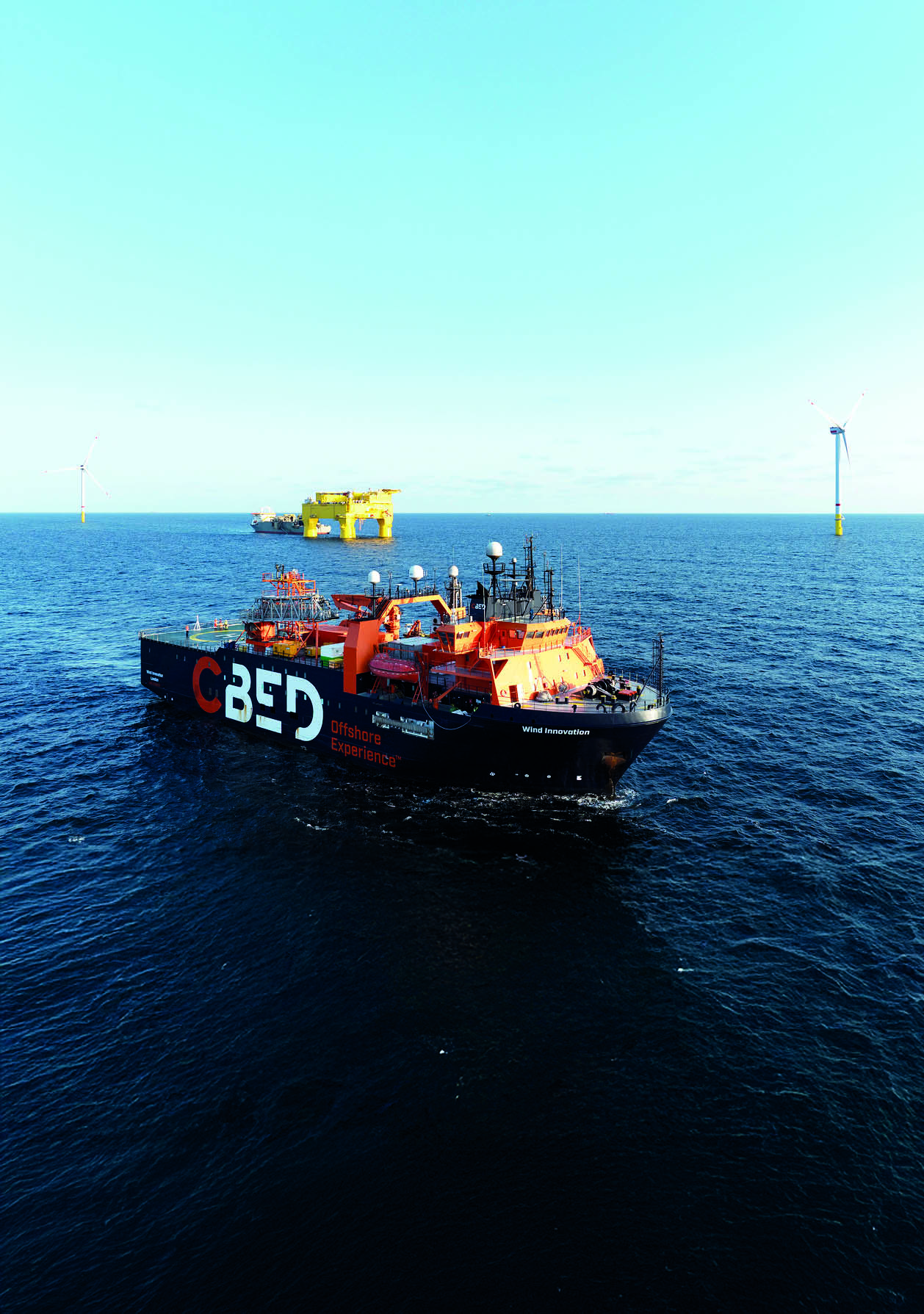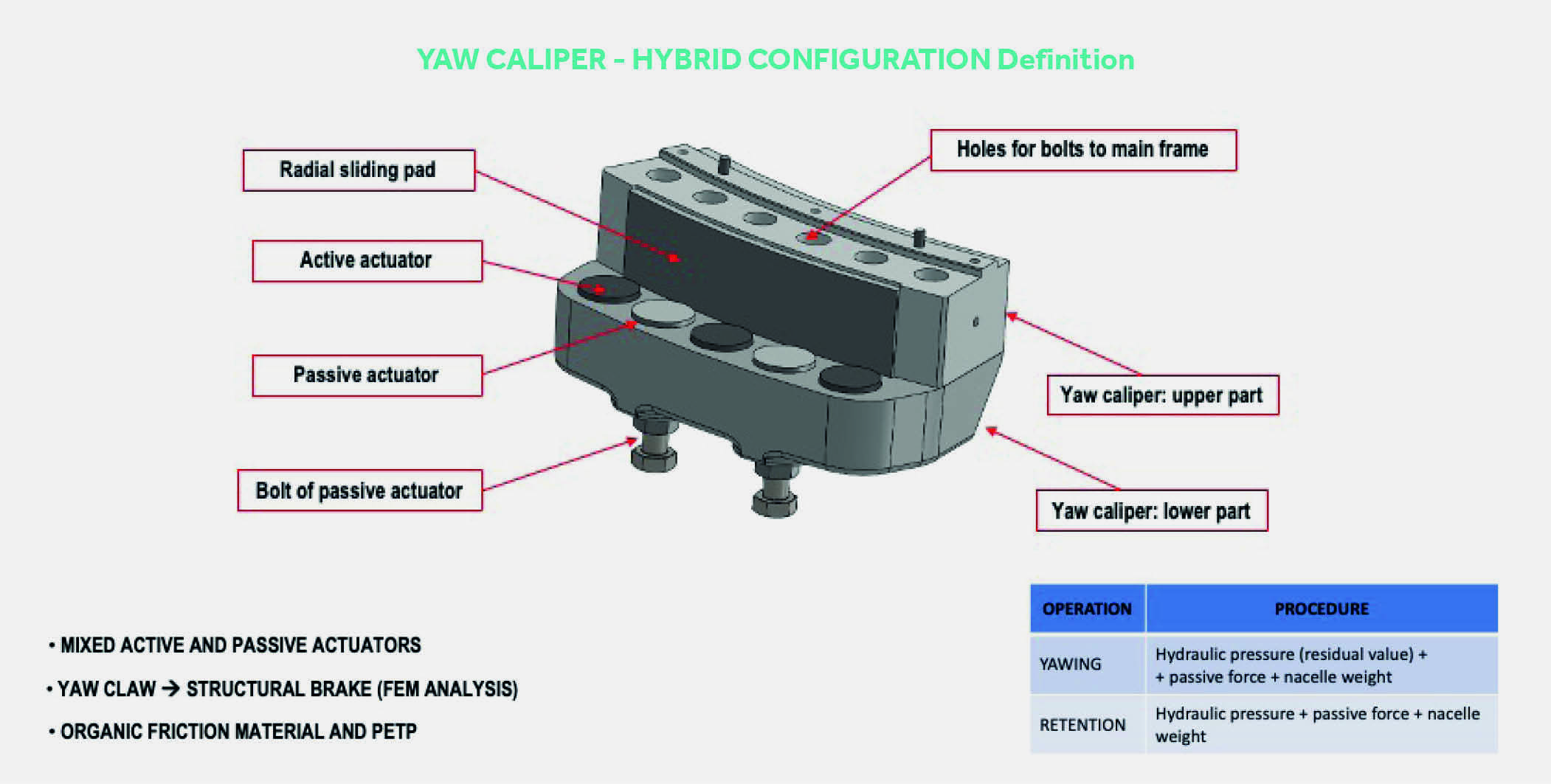Exclusive Articles
Bridging the gap in wind energy recruitment
Published in: Wind, Talking Point, Exclusive Articles
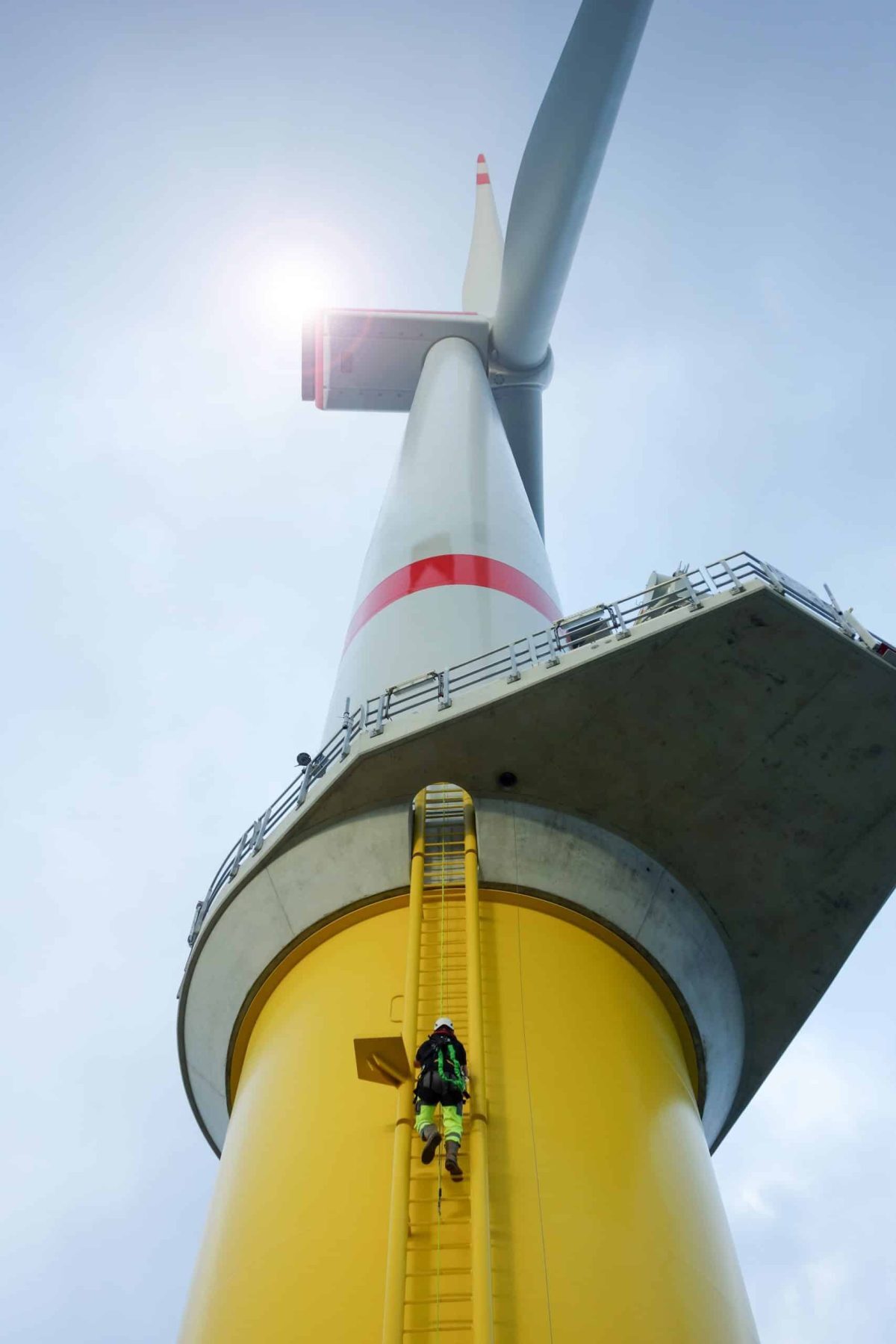
The global wind energy sector is undergoing a period of unprecedented expansion. With both onshore and offshore wind projects accelerating at record pace, governments and energy providers are doubling down on renewable targets. From large scale offshore wind farms in the North Sea to ambitious onshore developments across Europe and the US. To put it straight, the industry is booming. But this rapid growth comes with an urgent challenge: a critical shortfall in skilled workers.
As wind energy cements itself as a central pillar of the global energy transition, it’s facing an increasingly glaring workforce gap. New wind farms require hundreds of technicians, engineers, planners and project managers, not just to build and commission turbines, but to maintain, operate and upgrade them across their lifespan. The shortage is putting pressure on project timelines, budgets and, ultimately, the transition to the renewable energy future.
The skills gap: an urgent industry-wide concern
This is not a future concern, it’s already happening. The Global Wind Energy Council (GWEC) estimates that by 2026, more than 480,000 technicians will be needed globally to meet the demands of new and existing wind projects. However, the current pipeline of trained and experienced workers is nowhere near sufficient to meet this need.
The seasonal nature of the wind industry only exacerbates the problem. Work often slows or pauses during the winter months or during certain offshore conditions, causing skilled workers to seek more stable employment elsewhere. This attrition further widens the skills gap, creating a revolving door of talent that’s hard to replace. The result? Projects delayed, costs increased and companies scrambling to meet their targets.
To read the full content, please download the PDF below.
Download Full Article
.gif)




